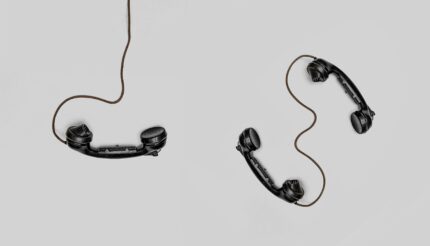Loyalty Strategy is one of the best and cost effective ways for a business to keep a regular revenue stream coming in. But more importantly client retention can increase profit and cash.
Cashflow
Creating a known cash flow enables a business to maintain tenure and plan for the future. As customer retention is a key component of a successful business, it is really important to have a solid understanding of how to implement one in your business. There are multiple tactics that businesses use to keep customers coming back to them for repeat business. Schemes such as; loyalty cards, rewards schemes and perks from shopping there more frequently. As one of the many things we guide our clients to do, so we’d like to share this with you too.
Statistics
- Acquiring new customers can cost five times more than satisfying and retaining current customers (Alan E. Webber, Forrester Research)
- A 2 percent increase in customer retention has the same effect on profits as cutting costs by 10 percent
- The average company loses 10 percent of its customers each year
So what do I need to do???
Firstly you have to test and measure if you have repeat business. Start with the number of times a customer buys from you in a year. If you cannot do this then work out how you can as this is the cornerstone of producing more revenue in to your business. When you have the number of times each customer buys in a year then we need to get an average. Some may only buy once, other 15 times but whatever the differences are there will be an average.
Now what?
Now we have the average we can measure any future loyalty scheme against this and therefore work out its effectiveness. Remember there is no point in doing this unless you can measure if its working. If you do and its increasing profits and the extra profits more than covers the total cost of promoting and running the campaign, you have a success.
In more simple language, if it’s making you more money, it works.
Things to consider
A big consideration is that any loyalty scheme needs to increased the total number of visits average, if your best customers who are already regularly giving you business are all given a loyalty card and don’t visit more, you are actually hurting your profits. So measuring the impact of any promotion is critical.
A successful strategy will bring back people who like you, but aren’t dealing with you regularly. Also the people who float from business to business. These people may be splitting their business between multiple companies, or maybe just one or two, but with a good loyalty strategy, it will earn their trust and turn all their spending to you, whilst not losing out on money that you already could have had.
The 4 Factors
There are four factors which contribute to the success or failure of a loyalty strategy.
- Offer: The offer needs to be enticing. 10% off your 8th shop isn’t very appetising to the customer, so they likely will not care. 6th meal free, or 50% off your 4th shop will get them excited and eager to come back to capitalise on that great deal.
- Satisfaction: You must impress on the first time. It’s no good giving an offer for a customer down the line when they didn’t think their first time was any good. If they weren’t impressed from the off, they’re not going to return to keep shopping just because they might get a discount on a product or service they don’t enjoy. To get them thinking what will be good for them you can always use testimonials.
- Convenience: If the loyalty card, for example, doesn’t fit in their wallet, or is an inconveniently sized object, they won’t want to carry it with them. Make sure it is a convenient size, shape and object or possibly something they could have on their phone.
- Promotion & Exposure: How you react to your loyalty initiative, is how the customer will react to it too. If you seem uninterested and talk about it as if it is nothing special, they won’t care for it. When you talk excitedly about it, tell them of its perks and offer it to them if they don’t have one. They will match your energy and likely sign up. Using the loyalty card example, ask them every time they buy, ‘do you have your loyalty card handy?’. Make sure that every person who comes in knows that it’s available and is offered one.





